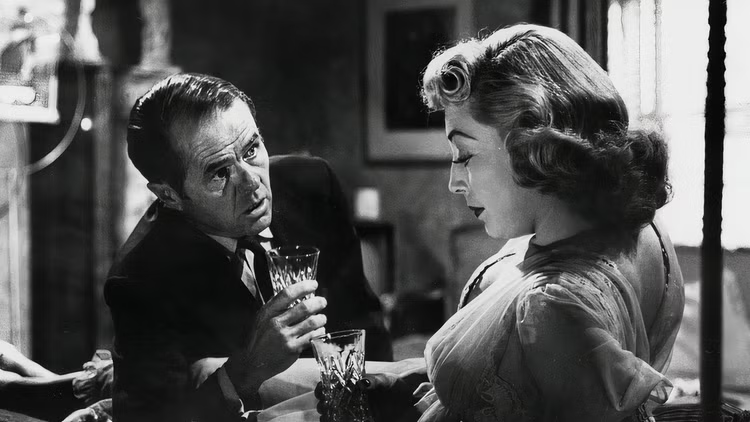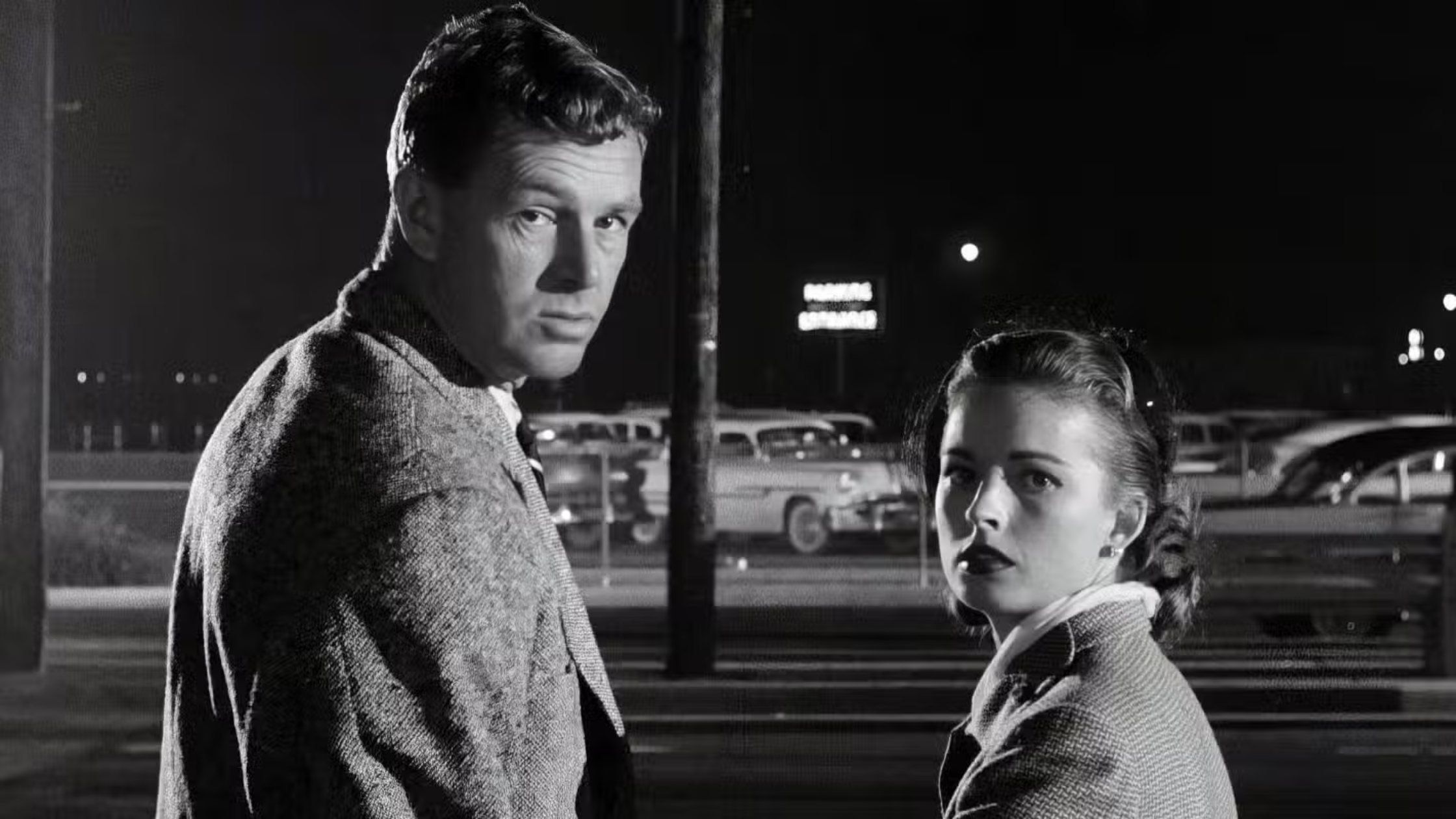The heist film genre has undergone significant evolution over the decades, with certain masterpieces leaving an indelible mark on cinematic history. Among these, Stanley Kubrick’s 1956 film The Killing stands out for its innovative narrative structure and profound influence on subsequent filmmakers. Quentin Tarantino, in particular, drew inspiration from Kubrick’s work, evident in his 1992 debut, Reservoir Dogs. This article delves into how The Killing redefined the heist film genre and shaped Tarantino’s approach to storytelling.
The Genesis of Modern Heist Films: Kubrick’s ‘The Killing’
Stanley Kubrick’s The Killing is often credited with pioneering a new approach to heist films, introducing a non-linear narrative that challenged traditional storytelling. The film follows Johnny Clay, a seasoned criminal orchestrating a racetrack robbery, with events unfolding from multiple perspectives. This fragmented timeline not only heightens suspense but also provides a comprehensive view of each character’s motivations and actions. Kubrick’s meticulous direction and attention to detail set a new standard for the genre, emphasizing character development over action sequences. The film’s realistic portrayal of crime and its consequences resonated with audiences, offering a stark contrast to the glamorized depictions prevalent at the time. Critics lauded The Killing for its innovative structure and depth, cementing its status as a classic. Its influence extended beyond its immediate success, inspiring a generation of filmmakers to experiment with narrative form. Kubrick’s collaboration with writer Jim Thompson added layers of complexity to the screenplay, blending hard-boiled dialogue with philosophical undertones. The film’s legacy endures, serving as a touchstone for directors exploring the intricacies of crime and morality.LitReactor

Tarantino’s ‘Reservoir Dogs’: A Contemporary Homage
Quentin Tarantino’s Reservoir Dogs pays homage to The Killing while infusing it with his distinctive style. The film centers on a group of criminals whose planned diamond heist goes awry, with the narrative unfolding in a non-linear fashion. Tarantino employs flashbacks and time shifts to reveal character backstories and motivations, a technique reminiscent of Kubrick’s approach. This structure allows for a deeper exploration of themes such as trust, betrayal, and the human psyche under duress. The film’s dialogue-driven scenes and confined settings intensify the drama, focusing attention on character interactions rather than action. Tarantino’s use of color-coded aliases for the characters adds a layer of anonymity and tension, echoing the calculated precision seen in The Killing. Despite its modest budget, Reservoir Dogs achieved critical acclaim, heralding Tarantino as a formidable new voice in cinema. The film’s success demonstrated the enduring appeal of innovative storytelling within the heist genre. By drawing inspiration from Kubrick while asserting his unique voice, Tarantino bridged classic and contemporary filmmaking.

Narrative Structure: Non-Linear Storytelling in Both Films
Both The Killing and Reservoir Dogs utilize non-linear storytelling to enhance narrative depth and audience engagement. Kubrick’s film presents the heist from various viewpoints, allowing viewers to understand each character’s role and perspective. This approach creates a multifaceted narrative, emphasizing the complexity of the crime. Tarantino adopts a similar technique, interweaving character backstories and post-heist events. By revealing information out of chronological order, he builds suspense and character development. This structure challenges audiences to piece together the plot actively. The non-linear format also reflects the chaotic nature of the criminal world depicted. Both directors use this method to subvert traditional storytelling, offering a more immersive experience. Their innovative narratives have inspired countless films, showcasing the power of unconventional structures.
Character Archetypes: From Johnny Clay to Mr. White
The protagonists in The Killing and Reservoir Dogs embody complex character archetypes that drive their respective narratives. Johnny Clay, portrayed as a meticulous planner, represents the archetype of the seasoned criminal seeking one last score. His calculated demeanor and leadership are central to the film’s tension. In contrast, Mr. White in Reservoir Dogs displays a blend of professionalism and emotional depth. His loyalty and moral code add layers to his character, challenging typical criminal portrayals. Both characters navigate trust and betrayal within their crews, highlighting the fragile dynamics of criminal partnerships. Their interactions with other characters reveal underlying themes of honor and deception. These nuanced portrayals elevate the films beyond standard heist narratives. The depth of these characters has influenced modern storytelling, encouraging more complex antiheroes. Their legacies endure as benchmarks for character development in crime cinema.
Visual and Thematic Parallels: Style and Substance
Visually, The Killing and Reservoir Dogs share a stark, minimalist aesthetic that underscores their gritty narratives. Kubrick’s use of black-and-white cinematography emphasizes shadows and contrasts, creating a noir atmosphere. Tarantino, while employing color, utilizes confined spaces and deliberate framing to heighten tension. Both films focus on the aftermath of crime rather than the act itself, exploring themes of trust, betrayal, and consequence. The directors’ choices in setting and lighting contribute to a sense of claustrophobia and impending doom. Their attention to visual detail enhances the storytelling, making each scene impactful. The thematic focus on flawed characters and moral ambiguity resonates throughout both films. These stylistic and thematic elements have become hallmarks of the heist genre. The films’ enduring influence is evident in contemporary cinema’s continued exploration of similar motifs.
Conclusion: The Enduring Legacy of ‘The Killing’ in Modern Cinema
Stanley Kubrick’s The Killing has left an indelible mark on the heist film genre, influencing countless filmmakers, including Quentin Tarantino. Its innovative narrative structure, complex characters, and thematic depth set a new standard for crime cinema. Tarantino’s Reservoir Dogs serves as a testament to The Killing‘s enduring impact, adapting and expanding upon its foundational elements. The parallels between the two films highlight the evolution of storytelling techniques and character development in the genre. Their shared emphasis on moral ambiguity and the human psyche continues to resonate with audiences. The legacy of The Killing endures, inspiring filmmakers to challenge conventions and explore new narrative possibilities. As cinema continues to evolve, the influence of these seminal works remains evident. Their contributions have shaped the landscape of modern filmmaking, ensuring their place in cinematic history. Understanding this lineage enriches our appreciation of the heist genre and its ongoing transformation.





